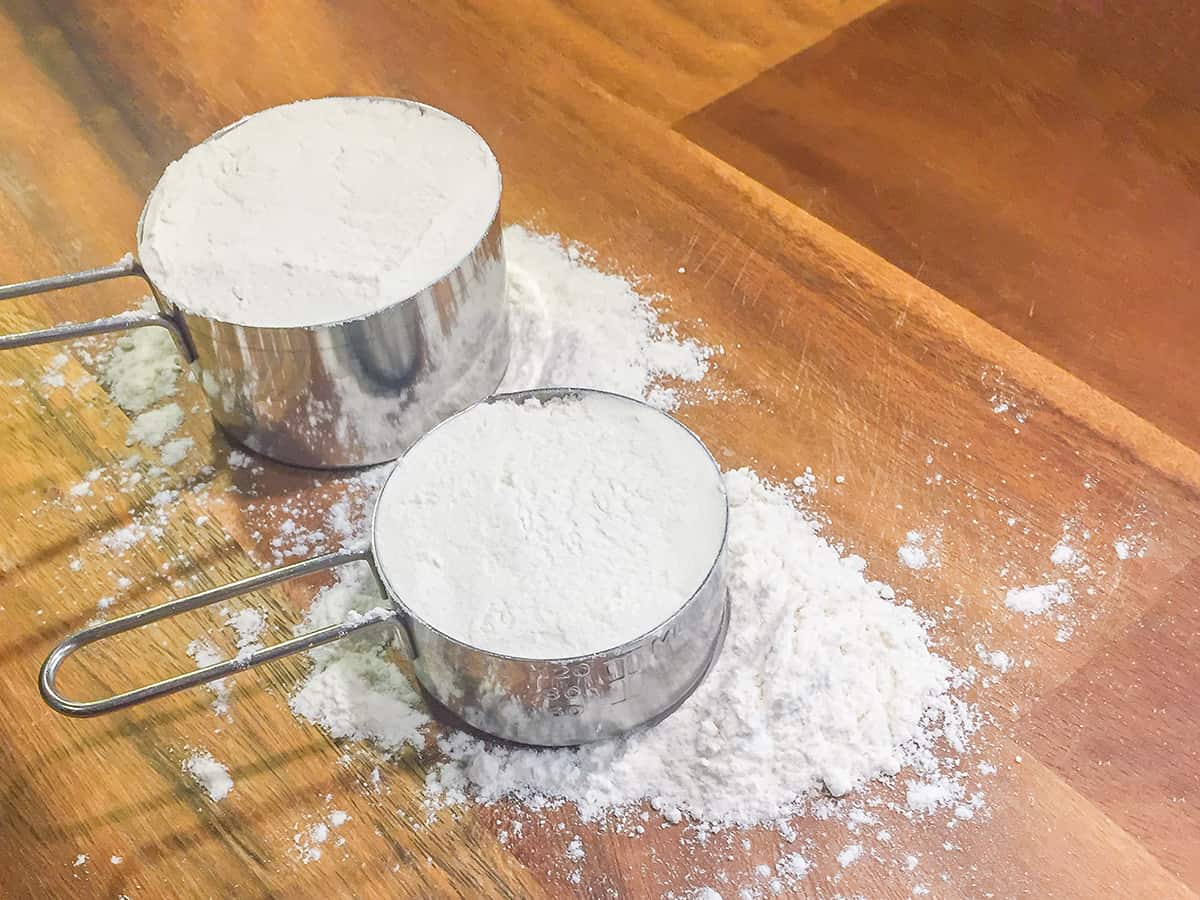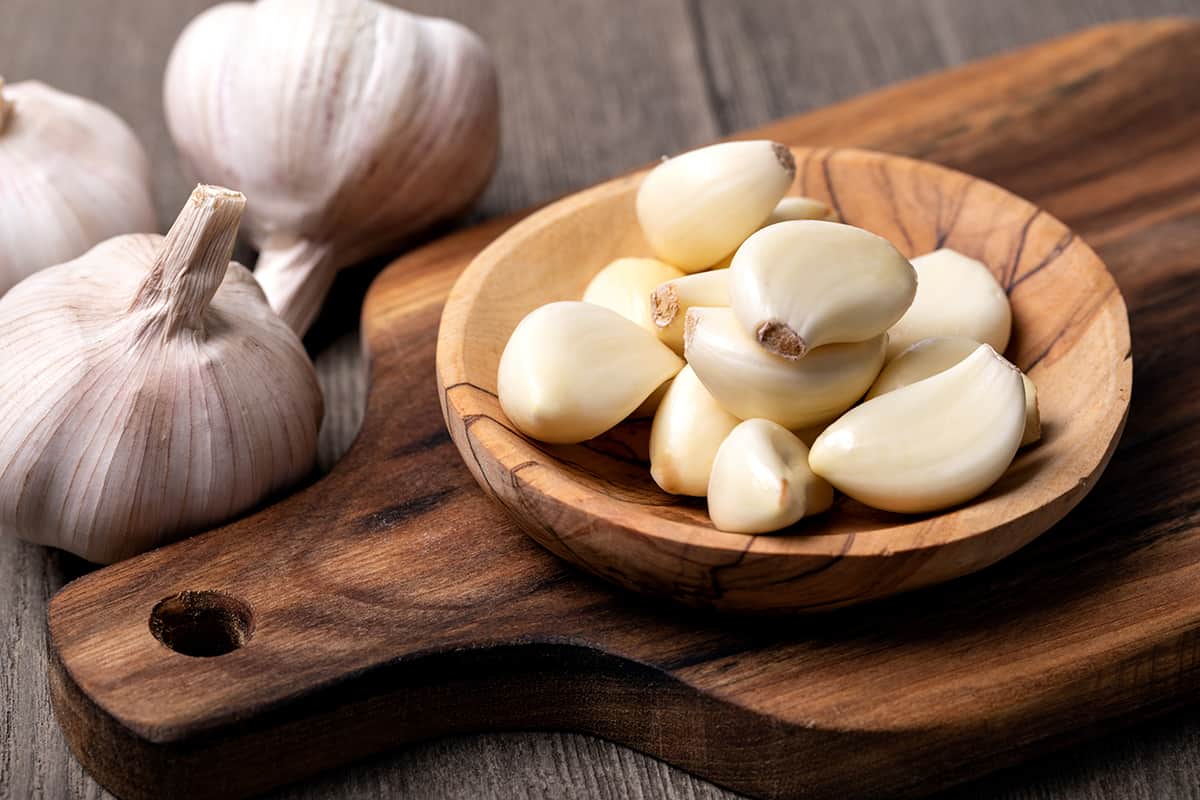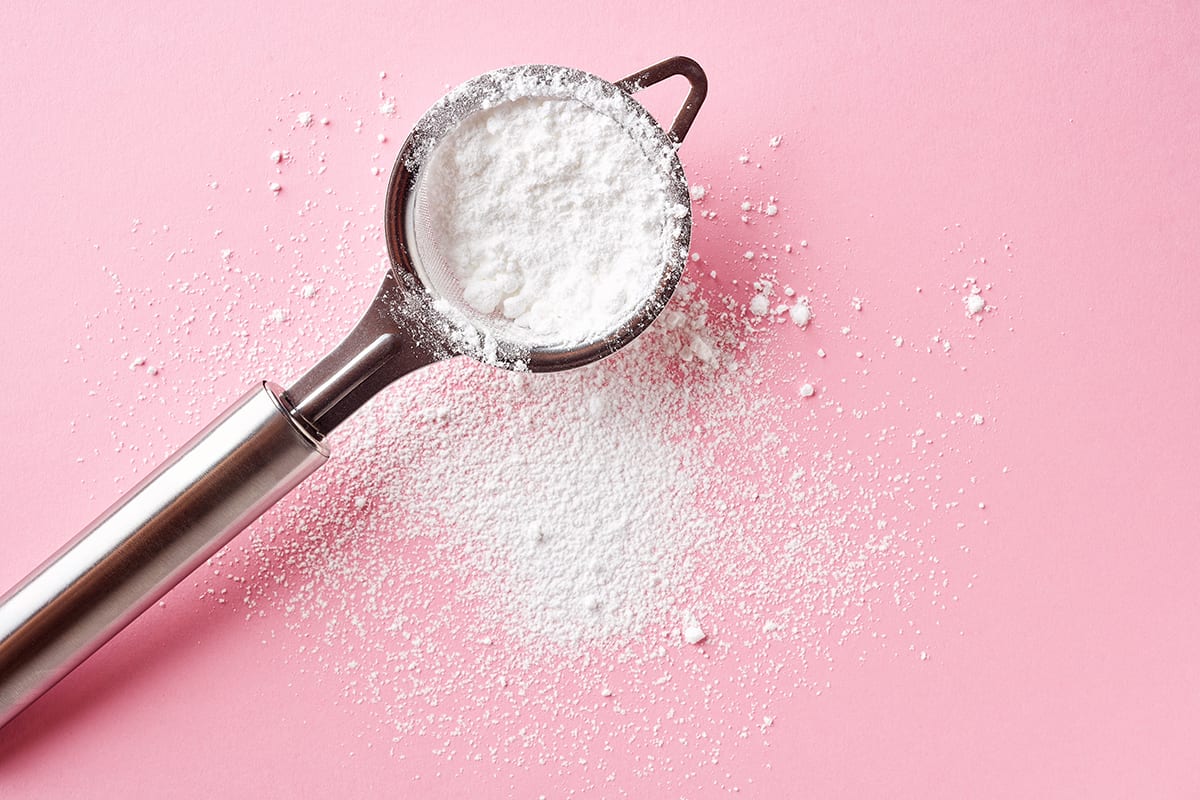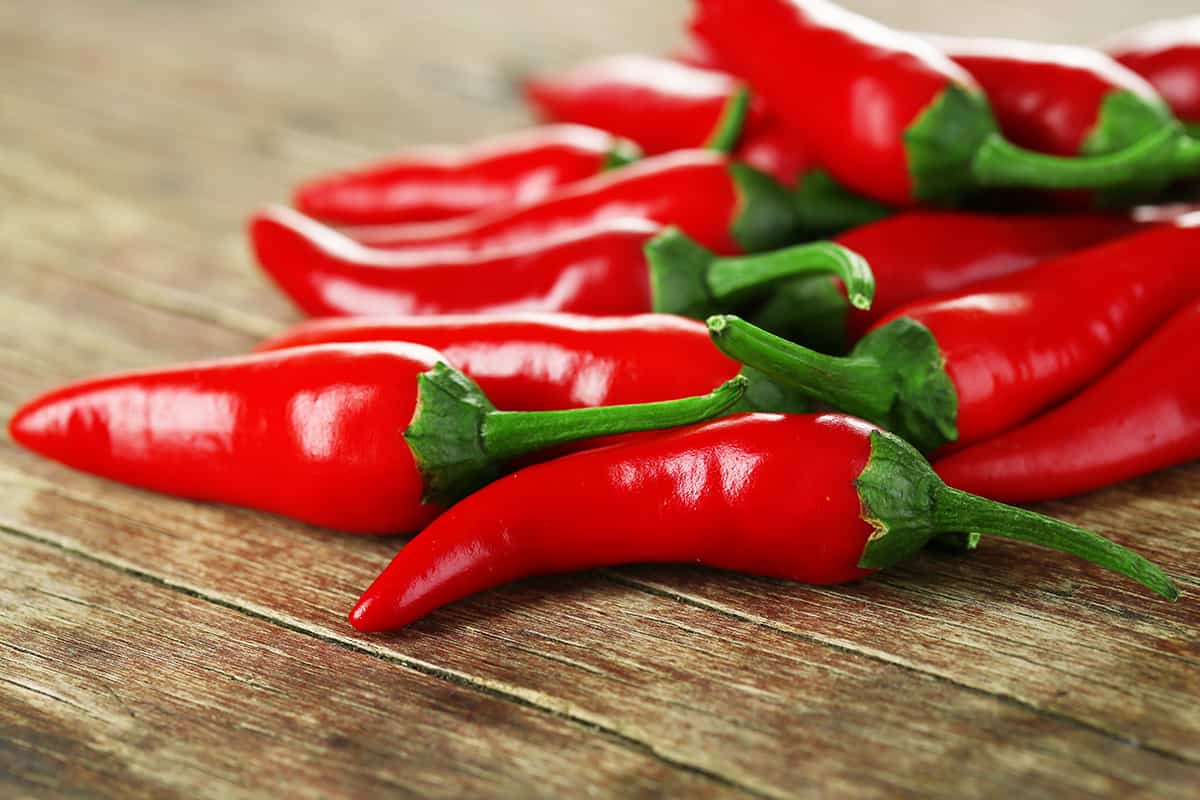If you want to take advantage of your newly gained free time, there’s no better (or easier) hobby than baking! Of course, when you bake bread or cake, you have to follow the recipe closely, or you might end up with one stiff mess, especially when measuring flour. So, if a recipe calls for 1 pound of flour, how many cups do you need?
The number of cups of flour depends on the type of flour. Here’s a rough estimation of the different types of flour and how many cups make up a pound:
- All-purpose flour: 3-1/3 cups
- Whole wheat flour: 3-1/2 cups
- Cake flour: 4-1/2 cups
- Soy flour: 6 cups
- Rye flour: 4 cups
- Almond flour: 4-3/4 cups
In this guide, I’ll explain why weighing ingredients is the far more accurate way for measuring ingredients, as well as how to get the cup amount of flour from its weight.
How to Measure Flour
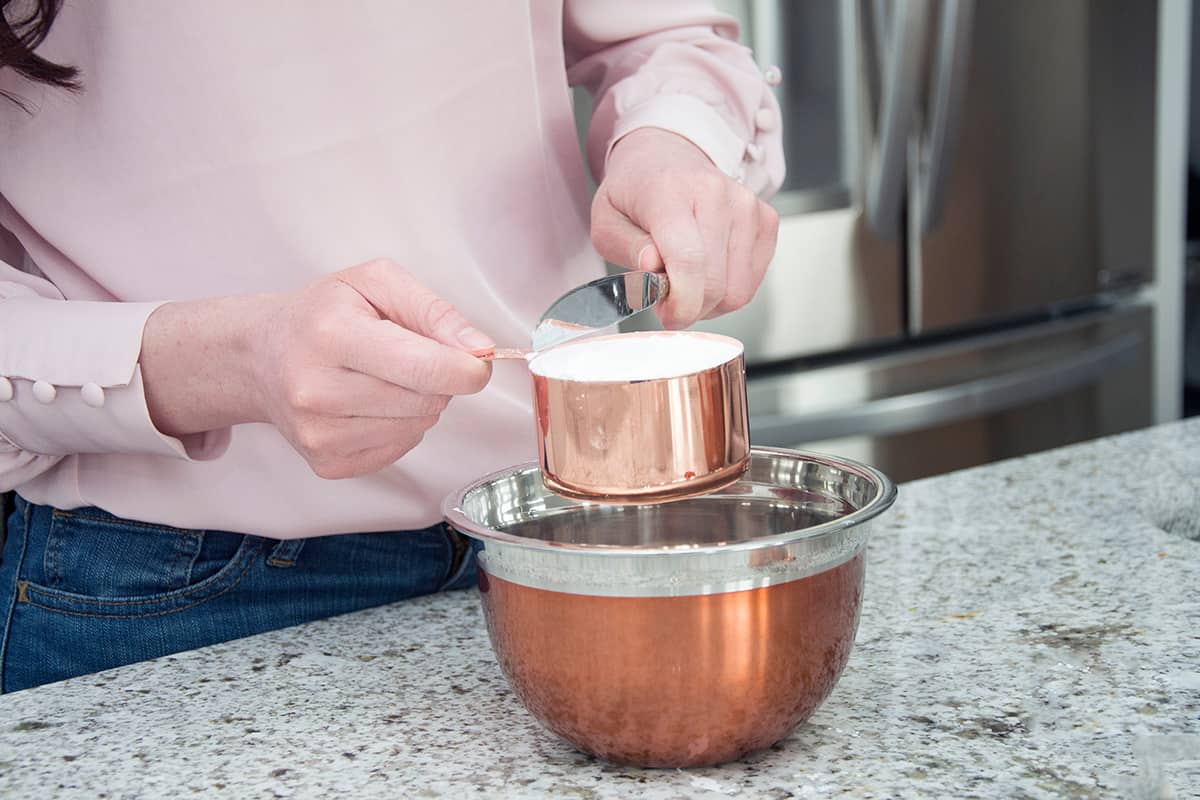
Total kitchen newbs might think that measuring flour in tablespoons or cups is a no-brainer. In reality, it is, but there’s something you should know before you stick your measuring tool inside a bag of flour.
Flour is made up of teeny-tiny granules that can become compacted if you’re not careful. The last thing you want to do is stick a measuring cup inside a bag to scoop out your flour since you could end up with more flour than you need.
The correct way to measure flour by volume is to place your measuring tool on a flat surface and use another tool, like a spoon, to pour the flour into the measuring cup. When you’ve filled the measuring cup slightly beyond the brim, use a flat tool to carefully flatten the top by sliding the edge across the cup’s brim.
Yes, it’s a tedious process, but it’s worth doing if you don’t want to end up with super-tough bread, tortillas, and crusts. This is why professional chefs swear by measuring dry ingredients by weight.
Weight vs. Volume
First, allow me to paint you a picture.
When scooping flour out of the bag, you might not notice clumps of flour sitting just below the surface. When you scoop the flour into your measuring cup, it will go unnoticed until you’ve finished baking, leaving you wondering how you managed to mess up your baking recipe.
If you were to weigh the flour at the start, you wouldn’t have this problem.
You see, weighing ingredients lets you ignore variables like clumps in your flour since the goal is to get a precise gram or ounce amount. That clump you missed may go unnoticed in the measuring cup, but the scale doesn’t miss a beat.
How Many Cups Are in 1 Pound of Flour?
If you decide to ignore my advice and stick to measuring flour by volume (no worries, many people do this, especially if they don’t have a kitchen scale, you should learn how many cups of flour make a pound. Please refer to the top of the page if you’re trying to figure out how many cups of flour are in a pound.
However, there’s another variable worth mentioning—how aerated the flour is.
The volume of 1 pound of flour will be substantially larger if you sift it as opposed to unsifted flour. This is because sifting flour forces air in between the granules.
A good rule of thumb is that 1 pound of sifted flour yields 1 cup more than 1 pound of unsifted flour. For instance, 1 pound of unsifted flour is roughly equal to 3-1/3 cups. If you were to sift it, you would get a total of 4-1/3 cups, give or take a few tablespoons.
What Type of Flour Should You Use?
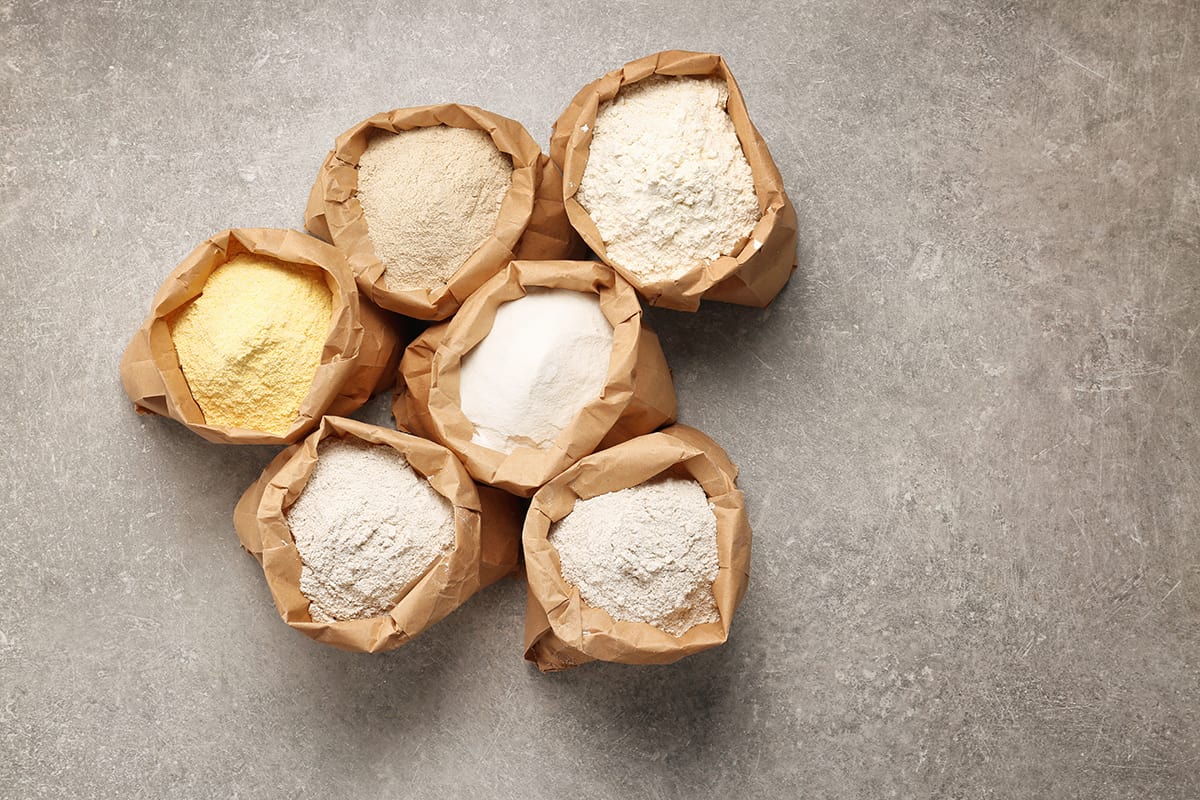
The type of flour you should use depends on the recipe. However, if a recipe simply calls for “flour,” or if you can’t get your hands on specialty flour types, such as cake flour or double-0 flour, then you can use all-purpose flour.
So, how does each flour type differ? Basically, it boils down to the protein and gluten content. All-purpose flour is in the middle in terms of protein and gluten, whereas cake flour is much less. Higher-protein flours, such as whole wheat or double-0 flour, are reserved mainly for crusty loaves of bread and pizzas.
However, there are also gluten-free flour types, such as almond, sorghum, teff, arrowroot, brown rice, and soy flour. They will not make your baked goods as chewy, but they’re easier on the gut for those suffering from celiac disease.
